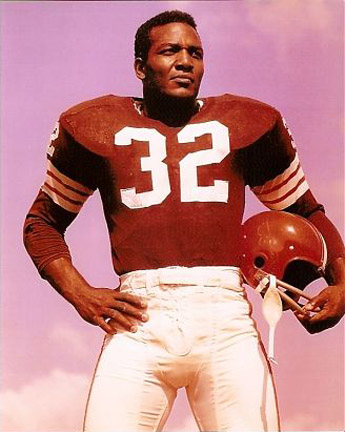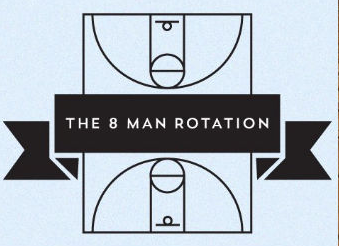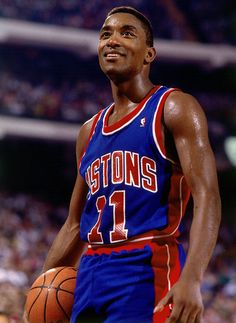VIDEO: The best introduction you will hear all year, maybe ever
This is the best speaker/performer/sportsman introduction that you will hear all year - maybe ever.
It comes to us courtesy of the Nathan's Hot Dog eating contest held on July 4th and delivered by Master of Ceremonies George Shea, as he introduced competitive eating legend, and former champion Joey Chestnut.
Forgive the very shaky quality of the video embedded below (email and RSS subscribers click through), as it was recorded by me with my phone from a DVR replay of the event.
Trust me, you want to give this a minute and a few seconds to watch/listen.
Here's the full text of the intro, in case the dodgy audio was tough to decipher:
Two years ago on this stage he asked his girlfriend to marry him. And then last year one week before the contest the wedding was called off. And then on the 4th of July he lost the title of World Champion. And he was beaten and he was broken and he was alone. And nothing that he owned had any value, and his thoughts had no shape and no meaning. And the words fell from his mouth without sound. And he was lost and empty-handed, standing like a boy without friends on the school yard. But then he remembered that he is Joey Chestnut. And there is a time for pain and there is a time for punishment. A time for doubt and a time for dominance. A time for forbearance and a time for fury. And there is never, ever a time for submission. Ladies and gentlemen, the former champion of the world here to take back what was once his - Joey Chestnut!
Did that bring chills down your spine, or what?
Awesome.
Why write about this, or bring attention to it at all?
Because it is a perfect example of someone, (Shea), going the extra, extra mile. It is a master class in combining facts, context, emotion, and excitement to make his audience interested in and excited about what is about to happen.
Because it is an amazing 1:15 showing a person (Shea) at the absolute top of his game. And not for nothing, shortly after this introduction, Chestnut went on to reclaim his Nathan's Hot Dog Champions title, (and Mustard Belt).
The next time it is your job to introduce someone for a speech or a presentation you'd do well to watch Shea's introduction of Chestnut a few times to find some inspiration.
And the next time I get introduced for a presentation, I am going to demand that George Shea gets the job.

 Steve
Steve




